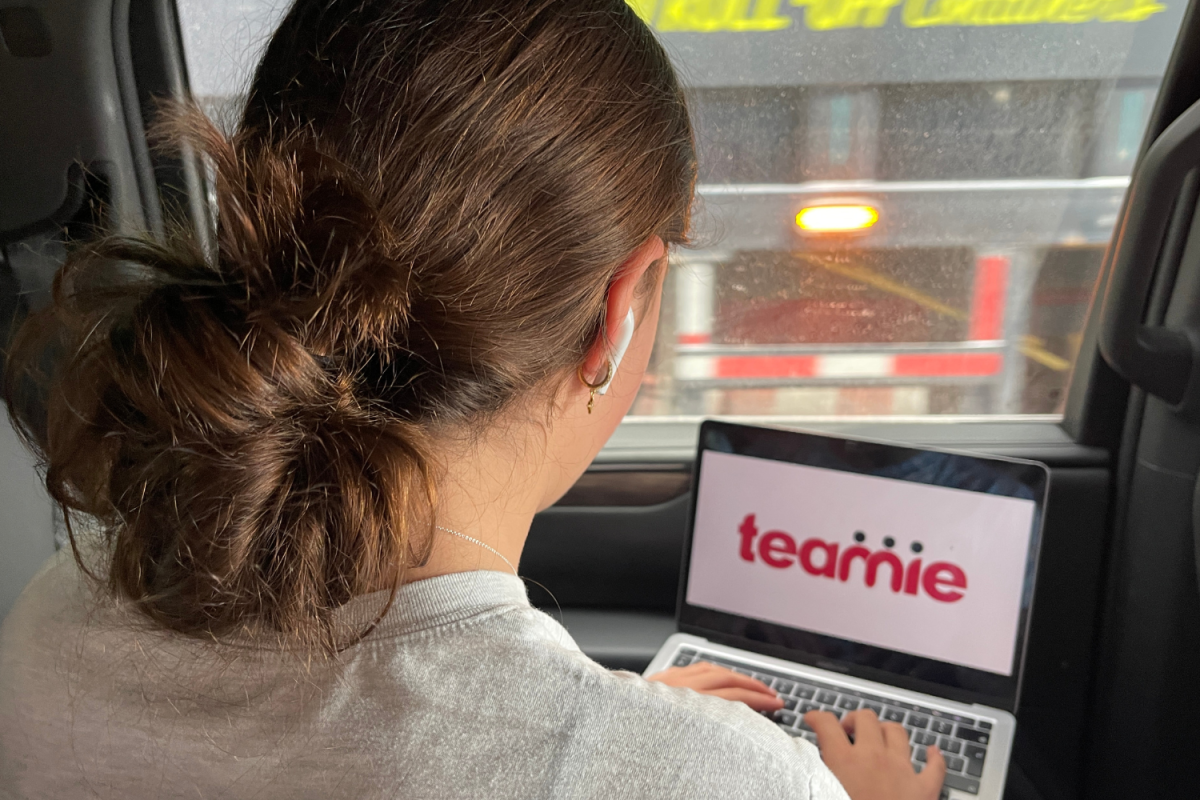Part of the 2010 Strategic Plan created by the administration and the Board of Trustees read to, “[increase] funding of financial aid to 8 percent of gross tuition revenue and working toward establishing endowment funds (expendable and permanent) to further support this initiative.”
The addition to financial aid, which Dean of Admissions Jodi Warren believes to have been “increased from around four percent of the budget,” was with the hope that the School would attract a broader range of students with regards to socio-economic diversity.
While funding for financial aid has been increased, there is still a finite budget of £2.7 million allocated from student tuition toward financial support for families. Head of School Coreen Hester explained that financial aid at the School is need-blind when families first apply to the school. “We’re reading applicant files and we don’t know whether this person needs financial aid or doesn’t. We’re looking at whether they’re the right fit to come to ASL,” she said. Once a student has been admitted into the School it is then determined how much financial aid they will receive.
While financial aid is awarded to families who are in need of support, Warren said that they are expected to pay a certain amount towards tuition. “It’s a whole range, some people receive almost full tuition, although we do believe that families should contribute something,” she said.
However, there is a range in the amount that a family will provide for the student’s tuition. “In some cases that [contribution] might be £50, and in other cases families might pay everything except for £2,000 [or] £10,000. It’s a big range depending on financial circumstances,” she said.
Many students apply for financial aid, but not all families are awarded aid. “Even though [the financial aid fund is] fairly generous, we still do have a budget. Over the years, we’ve had more financial aid applications than we’ve been able to fund, and then those people have gone on a financial aid wait pool,” Warren said.
Families apply for financial aid through a system called School and Student Services (SSS), which is run by the National Association of Independent Schools (NAIS).
Warren describes ASL’s financial aid system as very similar to families applying for financial aid for students at university. “The parents have to submit documents to verify income and assets, and how many children are in fee-paying schools. SSS evaluates all of that information and processes a document that parents and we see that says, ‘this family can provide this amount of money to support their children’s education,’” she said.
While student tuition covers about 90 percent of the cost of educating ASL students, the Annual Fund is unique because the money raised each year goes toward different parts of the school.
Director of Advancement William Vaughan explained that, “Unrestricted money is so important because it allows us to direct the [donated] money where it’s needed most. Many gifts, like for the Capital Campaign, are for very specific things such as construction projects.”
Instead of Annual Fund money raised going toward a particular part of the school, it can be used for a multitude of things. “We can determine if we need to use it for supplies for the classroom, or if we need to use it to underwrite student trips like Alternatives. It’s a very flexible format for us,” Vaughan said.
Donations for the Annual Fund last year exceeded £1.7 million. However, this year’s goal is to raise £1.635 million. Goals for the Annual Fund are based on the costs that the donations were able to cover two years ago. However, in all cases, donations have exceeded the aim set by the school.
The school’s reasoning behind the use of the Annual Fund instead of having tuition cover all of ASL’s costs to run is because the donations made by families are tax-deductible as they fall under charitable giving purposes. “If someone makes a donation to the Annual Fund then they may receive tax benefits in the U.K. and also in the U.S. if they’re paying U.S. taxes,” Vaughan said.
Families are solicited to donate to the Annual Fund through a volunteer group comprised of nearly 70 parents. “We look for parents who’ve been active and show interest, maybe they’ve given to the Annual Fund themselves. We like to get a broad range of people involved so that we can cover as many aspects of the school as possible,” Vaughan said.
The Capital Campaign includes funding for both the New Frontiers construction project, which began at the end of the 2013-2014 school year and funding for endowment. The total amount being raised for the Capital Campaign is £22 million, with £10 million going toward endowment and £12 million toward New Frontiers.
Although the School is raising money for the New Frontiers project, it has also taken out a long-term loan of around £20 million. Vaughan explained that, “Part of the reason why [the school is] taking out the long-term loan is because future generations are going to benefit from these construction projects, and a portion of their [future families’] tuition will go towards paying the loan back,” he said.
While the construction is only set to be completed by the spring of 2016, Hester explained that, “everyone who is a friend of ASL [is asked] to contribute to the New Frontiers campaign.” This is because parents of current students have benefited from the donations of past ASL students and their families.
“The rationale for the parent of a junior or a senior is that they have benefited from the generosity of the vision of past parents and past leaders of the school, so it’s recognizing the fact that they have been the beneficiaries of past projects. Not everything is transactional; it’s not always, ‘I give this to you and I get this back,’” she said.
The school’s stable financial system was evident when the administration approached Barclay’s Bank about a loan for the New Frontiers portion of the Capital Campaign. “We had no problem getting a bank loan, and one reason was because the School was debt-free when we began this project. We’ve been very strong from a financial standpoint,” Vaughan said.
According to Vaughan, this strength is a result of student tuition, which is the main source of income for ASL. “[Our financials are] very strong because we have a waiting pool. If there was a huge drop in enrollment that would be a concern obviously [for the school’s financials], but we have no indication of that whatsoever,” he said.
In an email sent to parents in October, Hester announced that ASL had recently finalized the purchase of 10 Loudoun Road.
The purchase of 10 Loudoun Road is part of a resources acquisition plan, which has lasted for nearly 10 years. The plan outlines that it is in the school’s best interest to buy properties near the current ASL campus in case of future expansion. “If it was three blocks away we wouldn’t be interested,” Hester said.
While the amount that the school has paid for the property remains undisclosed, the house was paid for through a bank loan. The school plans on paying back the loan by leasing the home to ASL families. “We can’t afford to all of a sudden have meetings in there [10 Loudoun Road]. 47 [Grove End Road] we were able to purchase and pay for so we could use it,” Hester said.
Prior to buying 10 Loudoun Road, the School had only previously borrowed money twice. £15 million was borrowed to renovate the High School, and to renovate the School Center as well. The loan was paid back through fundraising.
In general, Hester describes the school’s spending as cautious. “ASL is very responsible with its financials. We run the school very responsibly and fairly conservatively. You never want to get into financial trouble.”







